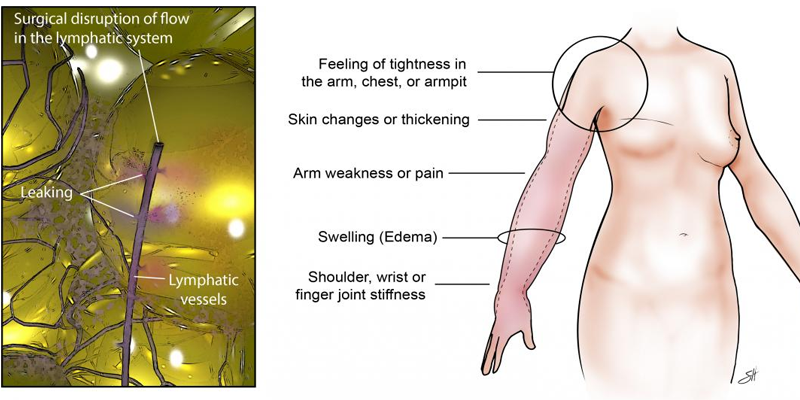
Surgeries for Neck, Arm, Back, and Chest Swellings
Swellings in the neck, arm, back, or chest can arise from a variety of causes, including benign growths, cysts, lipomas, enlarged lymph nodes, or other soft tissue masses. While many swellings are harmless, some may require surgical removal for diagnostic purposes, relief of discomfort, improved mobility, or cosmetic reasons. Surgical excision ensures the mass is completely removed and allows for laboratory testing to confirm the diagnosis.
Causes and Risk Factors
Swellings in these regions can be caused by a range of conditions, such as:
– Benign fatty lumps (lipomas)
– Sebaceous or epidermoid cysts
– Enlarged lymph nodes due to infection or inflammation
– Fibromas or other benign tumors
– Abscesses caused by bacterial infection
– Rarely, malignant tumors requiring further treatment
Risk factors may include family history of benign tumors, chronic skin conditions, recurrent infections, obesity, or trauma to the area.
Symptoms of Neck, Arm, Back, and Chest Swellings
The presentation of swelling can vary depending on the underlying cause. Common signs and symptoms include:
– A noticeable lump or mass under the skin
– Gradual or rapid increase in size
– Soft or firm consistency
– Tenderness or pain, especially if infected
– Restriction of movement if located near joints or muscles
– Changes in skin color or texture over the swelling
Diagnosis
Diagnosis begins with a thorough medical history and physical examination. Depending on the size, location, and consistency of the swelling, the surgeon may recommend additional tests:
– Ultrasound to assess the nature of the lump
– MRI or CT scan for deeper or complex masses
– Fine needle aspiration cytology (FNAC) or biopsy to rule out malignancy
– Blood tests to detect underlying infection or inflammation
Treatment Options
The primary treatment for most benign swellings is surgical removal. The type of surgery depends on the swelling’s location, size, and suspected cause:
– Excisional Surgery: The surgeon makes an incision over the swelling, removes it entirely, and sends the tissue for histopathology.
– Minimal-Incision Removal: A smaller incision is used for cosmetic purposes when possible.
– Drainage Procedure: For abscesses, the pus is drained, and the area is cleaned to prevent recurrence.
– Laser or Electrocautery: In selected cases, these methods may be used to minimize bleeding and aid quicker healing.
Recovery and Aftercare
Recovery from swelling removal surgery is generally smooth. Most patients can resume light activities within a few days, although healing time may vary depending on the procedure. Post-operative care typically includes keeping the wound clean, taking prescribed medications, and attending follow-up visits to ensure proper healing. Stitches are usually removed within 7–14 days.
Final Thoughts
Swellings in the neck, arm, back, or chest are often benign, but proper evaluation is essential to rule out serious conditions. Surgical removal provides both relief and an accurate diagnosis. If you notice any persistent or enlarging swelling in these areas, consult a qualified surgeon for assessment and treatment. Early intervention can prevent complications and ensure a faster recovery.

